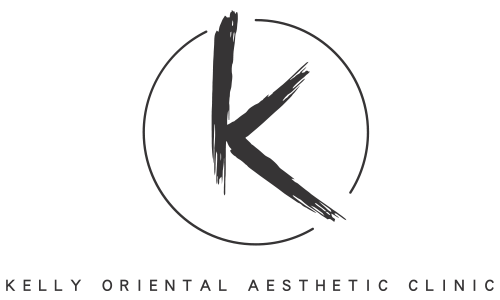Fillers
The Evolution of Dermal Fillers: From Ancient Remedies to Modern Marvels
The Evolution of Dermal Fillers: From Ancient Remedies to Modern Marvels
Dermal fillers have become a cornerstone of modern cosmetic enhancement, offering individuals a safe and effective way to rejuvenate their appearance and enhance their natural beauty. But did you know that the use of fillers for aesthetic purposes dates back centuries? In this blog post, we’ll take a journey through the history of dermal fillers, exploring their evolution from ancient remedies to the sophisticated injectables we know today.
Ancient Origins
The concept of using substances to enhance facial features and combat signs of aging is not a new one. In ancient times, people utilized a variety of natural materials to plump up the skin and smooth out wrinkles. Some of the earliest recorded fillers included plant-based ingredients such as honey, beeswax, and plant oils, which were used to fill in facial lines and restore lost volume.
Early Experiments
As civilization advanced, so too did the quest for youthful beauty. In the late 19th and early 20th centuries, physicians and scientists began experimenting with synthetic materials as potential fillers. Paraffin wax, silicone, and even liquid mercury were among the substances tested for their ability to augment facial contours and smooth out wrinkles. However, many of these early fillers were associated with significant risks and complications, including infection, migration, and allergic reactions.
Collagen Revolution
The breakthrough in the field of dermal fillers came in the 1970s with the introduction of collagen-based fillers. Collagen, a protein found naturally in the skin, was harvested from bovine or human sources and injected into the skin to add volume and improve skin texture. Collagen fillers quickly gained popularity for their ability to provide natural-looking results with minimal risk of adverse reactions. However, their effects were temporary, lasting only a few months before being absorbed by the body.
Rise of Hyaluronic Acid
In the late 1990s and early 2000s, hyaluronic acid emerged as the new gold standard in dermal fillers. Hyaluronic acid is a naturally occurring substance in the body that helps maintain hydration and volume in the skin. Unlike collagen, hyaluronic acid fillers are biocompatible and biodegradable, making them safe and effective for use in cosmetic procedures. They offer longer-lasting results, with effects lasting anywhere from 6 months to 2 years depending on the type of filler used.
Advancements in Technology
In recent years, advancements in technology and formulation have led to the development of a new generation of dermal fillers with enhanced properties and longevity. Cross-linking technology, which involves chemically modifying the hyaluronic acid molecules, has resulted in fillers that are more stable and resistant to degradation, leading to longer-lasting results. Additionally, the introduction of innovative delivery systems, such as cannulas, has improved the precision and safety of filler injections, reducing the risk of bruising and other side effects.
Diversity in Fillers
Today, there is a wide variety of dermal fillers available on the market, each with its own unique characteristics and indications. In addition to hyaluronic acid fillers, other types of fillers include calcium hydroxylapatite, poly-L-lactic acid, and polymethylmethacrylate (PMMA). These fillers offer versatility in addressing specific concerns such as volume loss, wrinkles, and facial contouring, allowing for personalized treatment plans tailored to each individual’s needs and goals.
The Art of Injection
The success of dermal filler treatments relies not only on the quality of the filler itself but also on the skill and expertise of the injector. A qualified healthcare professional who specializes in cosmetic injectables will have a deep understanding of facial anatomy, injection techniques, and aesthetic principles. They will conduct a thorough assessment of your facial features and discuss your goals and expectations to develop a personalized treatment plan that achieves natural-looking results while ensuring safety and satisfaction.
Dermal fillers have come a long way since their humble beginnings as ancient remedies for aging skin. From early experiments with natural and synthetic materials to the development of sophisticated hyaluronic acid fillers, the evolution of dermal fillers reflects the ongoing quest for safe, effective, and long-lasting solutions for facial rejuvenation. Today, dermal fillers offer individuals a versatile and customizable approach to enhancing their appearance and achieving natural-looking results. Whether you’re looking to smooth out wrinkles, restore lost volume, or redefine facial contours, dermal fillers can help you achieve your aesthetic goals with confidence and peace of mind. If you’re considering dermal fillers, consult with a qualified healthcare professional to explore your options and create a personalized treatment plan tailored to your unique needs and preferences. With the right knowledge, expertise, and technology, dermal fillers can help you unlock the secret to timeless beauty and embrace your best self at any age.
The Evolution of Dermal Fillers: From Ancient Remedies to Modern Marvels

